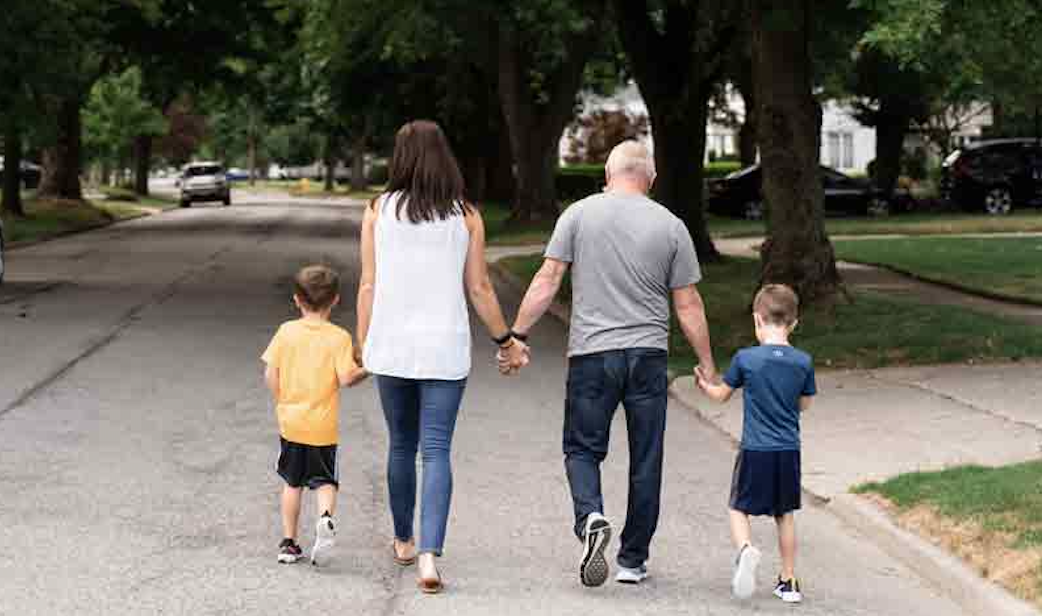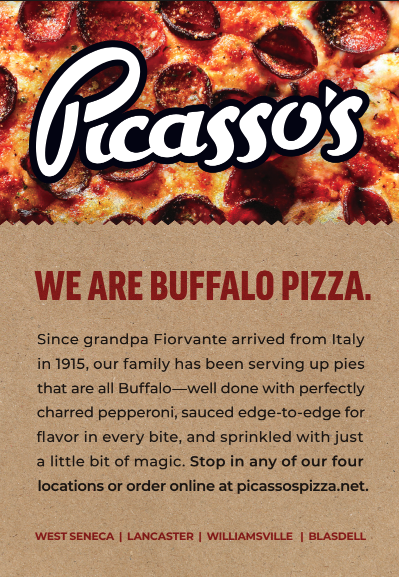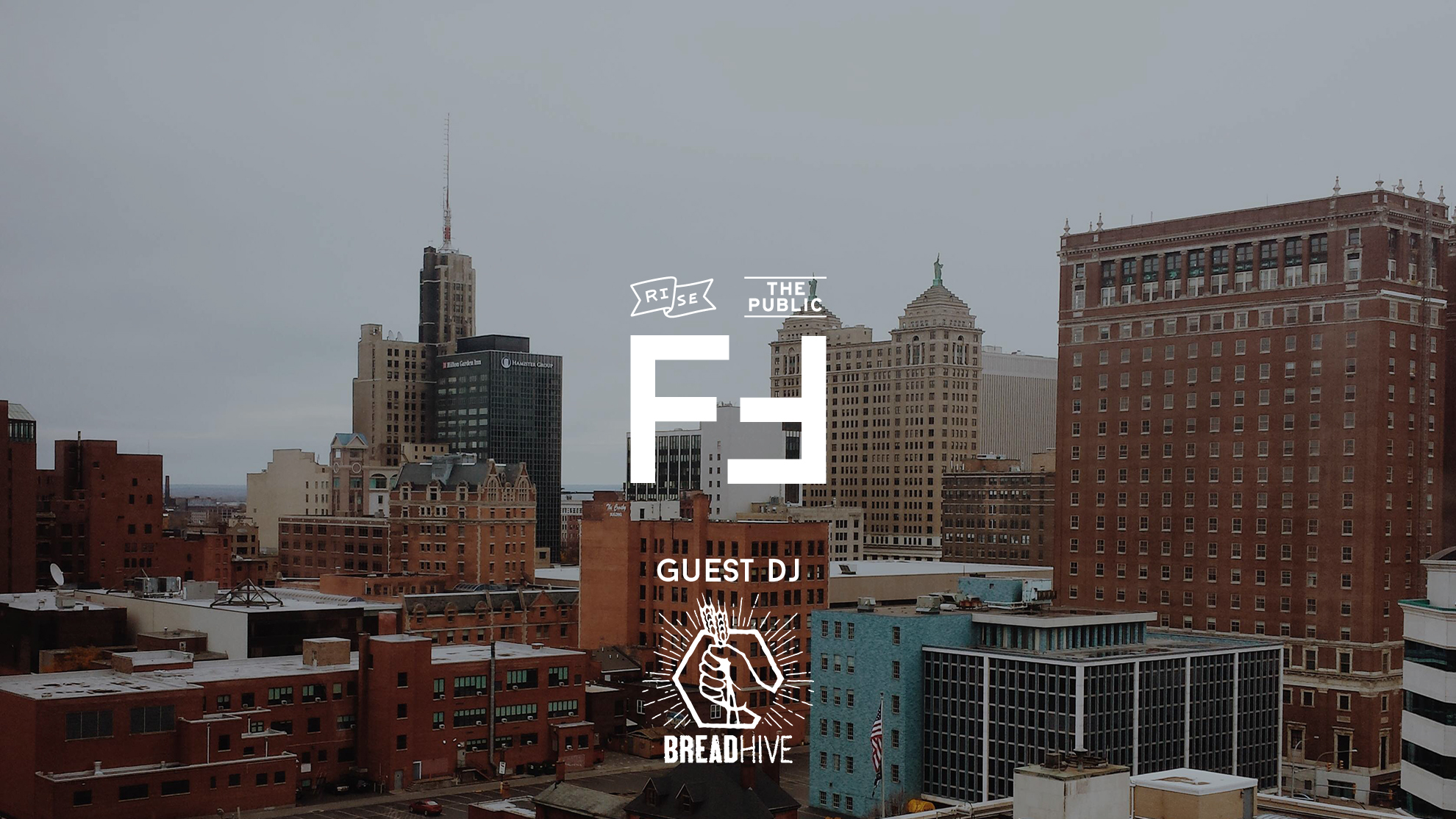No Boundaries Magazine issue 7 is still available on area shelves for the next few weeks for free. Here’s some of the content found inside!
NOTE: This article would be better enjoyed in its intended, magazine form. Subscribe anytime and we’ll mail you your copy, or check out the spread here on issuu.com
Written by Kevin Heffernan
Photographed by Bridget Schaefer
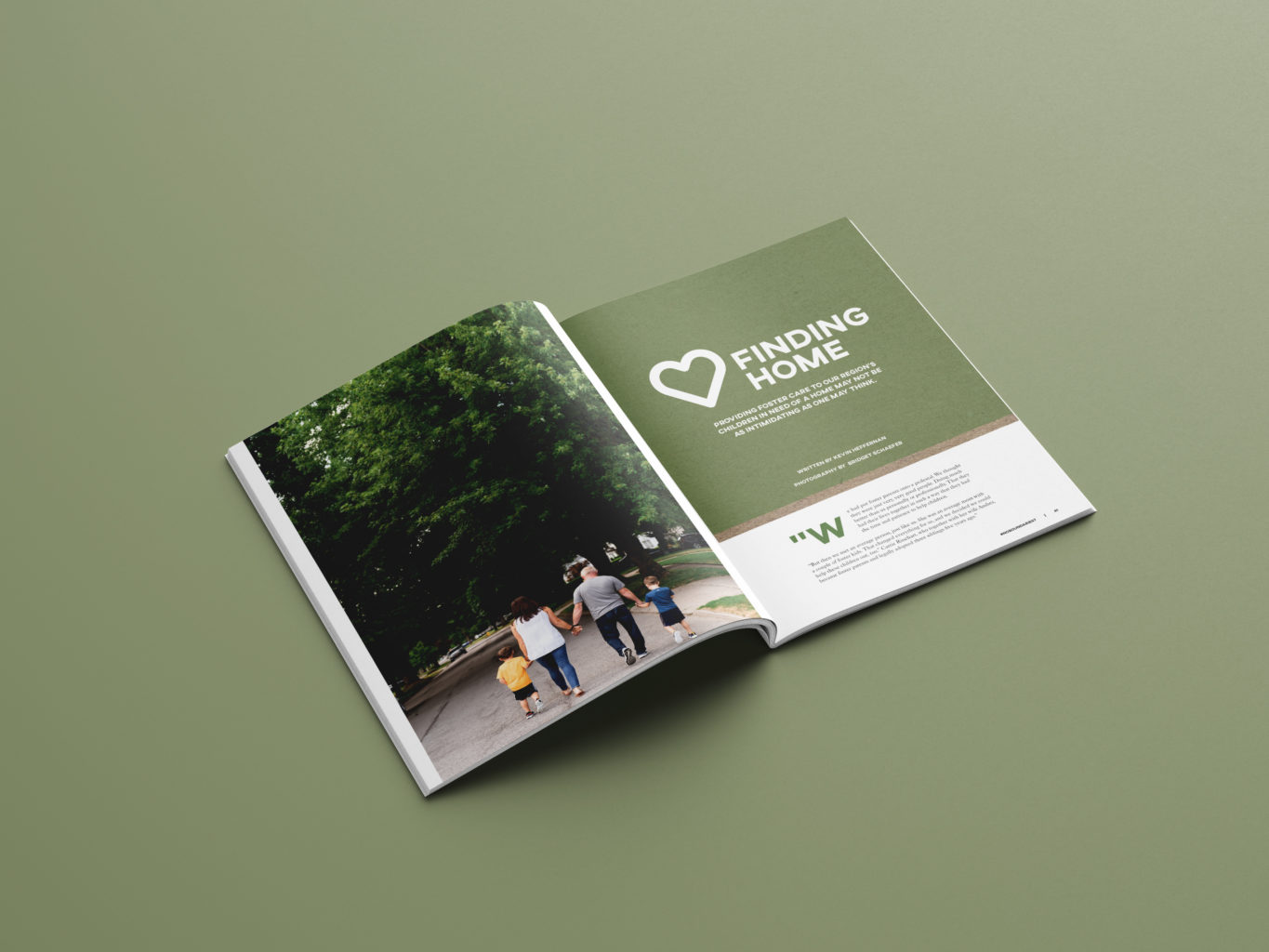
“We had put foster parents onto a pedestal. We thought they were just very very good people. Doing much better than us personally or professionally. That they had their lives together in such a way that they had the time and patience to help children.
“But then we met an average person, just like us. She was an average mom with a couple of foster kids. That changed everything for us, and we decided we could help these children out, too.” Carrie Rinehart, who together with her wife Amber, became foster parents and legally adopted three siblings five years ago.”
“My wife and I, we had some fertility issues but always wanted to have kids,” said Brian Satts of Clarence, NY. “So our next thought was to look into adoption, but because it’s roughly $30,000 to adopt a child, we decided we’d rather foster. We’re both good people. We wanted to give back to our community and help some kids that really need it. Now, we have been taking in children for four and half years.”
There are roughly 25,000 children in New York State in the foster care system today. Children are separated from their birth parents parents by New York’s Office of Children and Family Services (OCFS) or the local department of Social Services for a variety of reasons – most times it’s because a parent simply is not capable of caring for their child at that time, due to addiction, imprisonment, or mental health issues, and when the state is notified, they step in to remove the child from an environment that may be harmful. If no other immediate family is available to take care of the children, they enter into the state’s foster system that tries to get them into family homes as soon as possible to minimize the trauma the child endures.
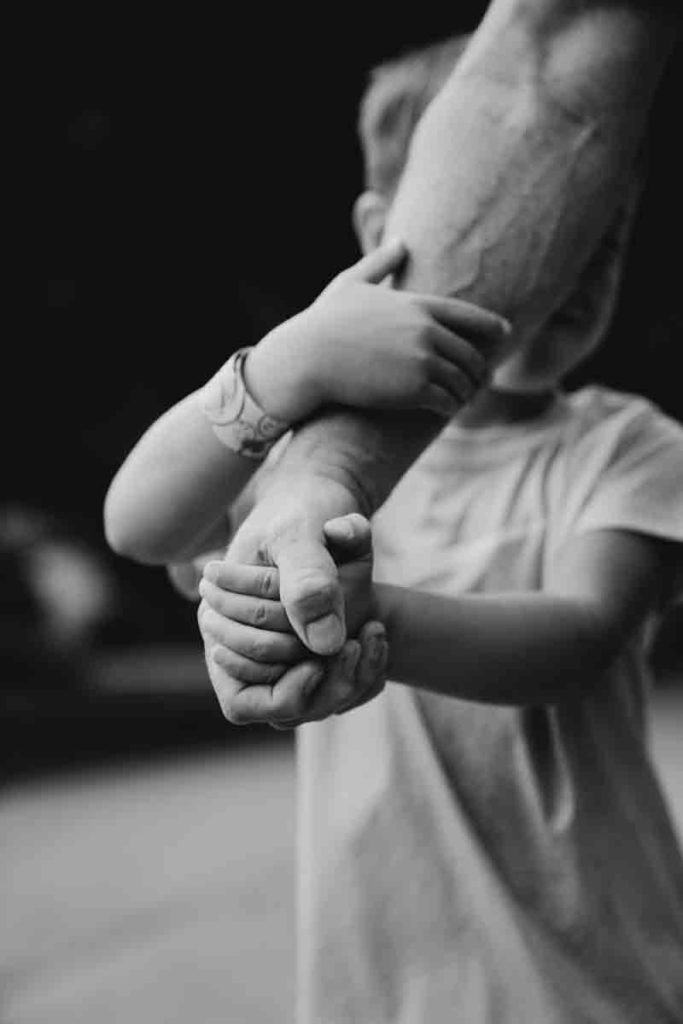
However, the main goal of foster care is not adoption in a new family, it is reunification with birth parents. Prevalent stereotypes make many upset that this would be the goal of this system, to return children to the place they needed to be removed from.
“There is such a negative perception of birth parents,” says Jenna McArdle, a foster parent in Buffalo’s west side. “Something is happening and they cannot properly care for their child. That’s why the child is being removed – until the parent can meet requirements for court. Unfortunately, a lot of times when we have kids, people ask if their parents are addicts or neglected them. Sometimes, that could be the case, but sometimes it’s not. The issue might be mental health, or even financial challenges that result in parents not being able to provide for their child.
“It’s difficult for society to think of these birth parents as good people that just need to take active steps towards working on themselves or their current situation. It’s easier, simpler to condemn them as bad people. The majority of children who have come through our home, their birth parents love them and would love to have them back.
“We want to be on their side. We want them to meet the requirements and get these kids back. Having a negative attitude or stereotype before we even know them or their experience doesn’t help anyone.
“If you have an open heart and you want to devote some love and attention to a child, there is a need there. Whatever your level of availability is, there’s a child nearby that needs that from you.”
“The way kids come into foster care is generally through Child Protective Services (CPS) calls. Mandated reporters call us at Child & Family Services to indicate that a child might be in danger or at risk. CPS will investigate and determine if this kid needs to be removed from their home. If so, we at CFS get the call,” explains Nicholas Largo, Program Manager, Foster Care & Adoption at CFS in Erie County.
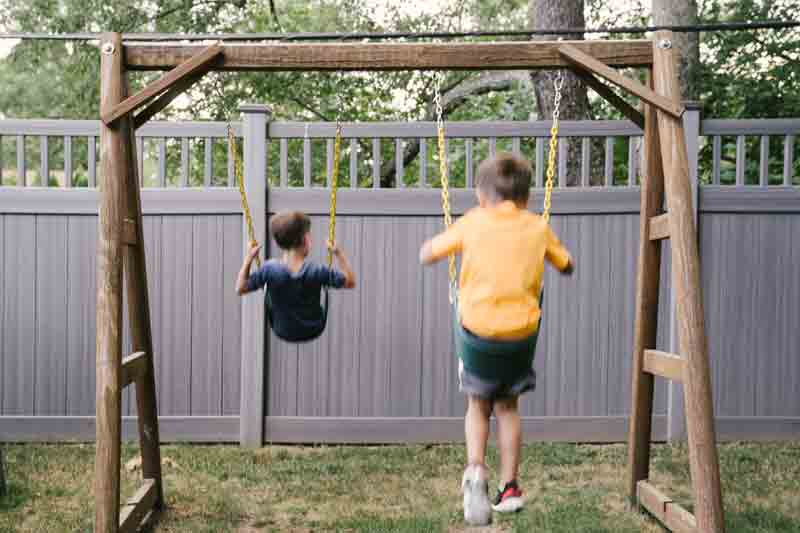
“COVID impacted this because the main reporters are teachers and daycare providers. If they aren’t seeing kids directly and daily, then you lose a major reporter and the intake is down. So COVID has definitely a negative effect on our ability to identify and care for children in need.
“Generally, and this is a weird thing, the kids who are coming into care are younger kids, but the bigger need for foster parents is for older kids. We have tons of parents willing to foster babies and young children, but we have a very small number of parents willing to foster teenagers and older adolescents.
“This is fueled by uncertainty. Teenagers can get a bad wrap. I happen to think teenagers are hilarious and awesome. They can have a full conversation with you, and they don’t encroach too much into your personal life (meaning they don’t always need to have child care arranged, diapers changed, monitoring as they walk or crawl around the house, etc) teenagers are independent, but still in need. Some people are apprehensive of their behavior or fear a kid will AWOL. Some of this is fueled by plotlines of movies and TV and doesn’t always reflect reality. A big part of getting foster parents to take the dive is exposure and our office tries to link parents who are willing to give it a shot to the dozens of other parents who are in it. We link them wherever possible to help them explain the benefits to it.
“There’s a lot of fear that doesn’t need to be there.
“The other cool thing with teens is that you have a really cool opportunity to impact them for the rest of their lives. With a baby you keep it safe and show love but chances are that baby will leave in six months and not remember you.
“But if you foster a 17-year-old and help them get through high school, learn to drive, land their first job, those are the things they remember and are so impactful.
“A foster parent had a child discharge to his own apartment at age 18, but he still comes by to say hi and mow their lawn and they forged a solid lifelong relationship and you don’t typically get that with babies and younger kids.”
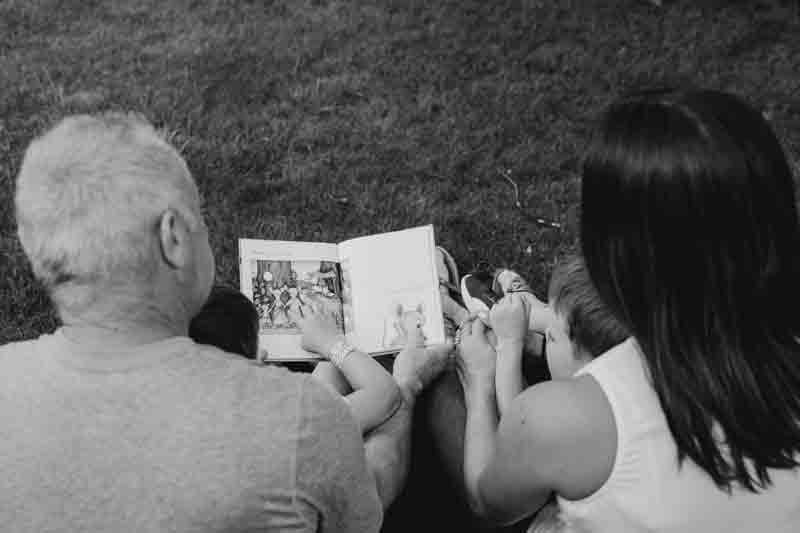
Teenagers, male and female, are still children. Until those children are reunited with birth parents, or adopted, they are in the foster care system and need safety and love. There is an urgent need for greater community involvement in the foster care system in order to provide the greatest amount of care, support, and opportunity to the children in Buffalo, West Seneca, Williamsville, Rochester, Fairport, Gates and throughout the state.
Opportunities to get involved and make a serious impact on a child’s life are varied, from directly donating clothing, to providing short-term respite care, to fostering children or adopting them.
If you’ve ever thought about foster care, but written it off, assuming you didn’t have the time, or the capabilities, then respite care is something to consider. Respite care providers will undergo the same 8-week training that full-time foster parents complete, but then they usually take children in for just a few hours to a few days. Sometimes it’s to simply allow a foster family to have a break, or to travel to a wedding/funeral etc (foster children may not travel across state lines). Other times, a respite care provider may receive a call that there is a child in urgent need of a place to stay after they have been removed from a birth parent’s home while the child’s extended family is located or until a more long-term foster family can be identified. This type of community involvement does not require life-altering commitment, but can make a life-altering difference.
“Even if it’s just for a few days, you still bond with them, even if they do daycare while you are working,” said Brian Satts. “The first placement we ever had was when we were doing respite. We really bonded with them just over four days. We dropped them at their foster family’s daycare to let the foster family pick them up, and then I remember crying the whole way home. It’s very different. You bond with these kids really fast. They all just need love, a loving family, people that care about them.”
At any given time, your choices are your own. You can let agencies know what gender, what age child you would prefer, and you can let them know if you believe you can handle a child who has developmental disabilities.
As Jenna McArdle experienced, kids come in all different conditions, but the training that Child & Family Services or Gateway Longview and other agencies provide can prepare you for it all and allow you to become a caregiver far more confident than you may have been prior completing the program, “Sometimes these kids are excited for a fun sleepover, new toys. Other times they’re terrified and are difficult. The beginning period is the honeymoon period, and then when they’re comfortable, some of their true feelings come out as they’re dealing with the trauma of displacement or of their prior home.”
The McArdle’s have chosen an age range of 0-8 years old. A lot of the kids they’ve taken in have a basic understanding of what’s going on, others have no idea. Adjusting can be very hard – a lot of it comes out in behaviors and emotions they don’t yet know how to control and navigate.
“Your role as a foster parent is patience. Effort. Remembering why they are acting the way they are. They’re not bad kids, there’s just a lot going on for them.”
Sometimes, adoption does follow foster care, depending on what foster parents are looking for, and what situation the birth parents are in.
Carrie and Amber Rinehart said, “We were doing respite for the three kids at once. We met the youngest, son Noah, when he was four months old. Fell in love. We were then told, ‘Well ya know, Noah has two sisters too.’ Our first instinct was to say we don’t think we can handle that – but that changed. We watched them for six months. You have to get your home certified, you need certifications and classes, when you are caring for children, home inspectors will often drop in to check on the child.”
After many many months of court dates and complicated situations, the Rhinehart’s finally adopted the three siblings in what is called a conditional surrender. This is where the parents agree to the adoption based on certain conditions.
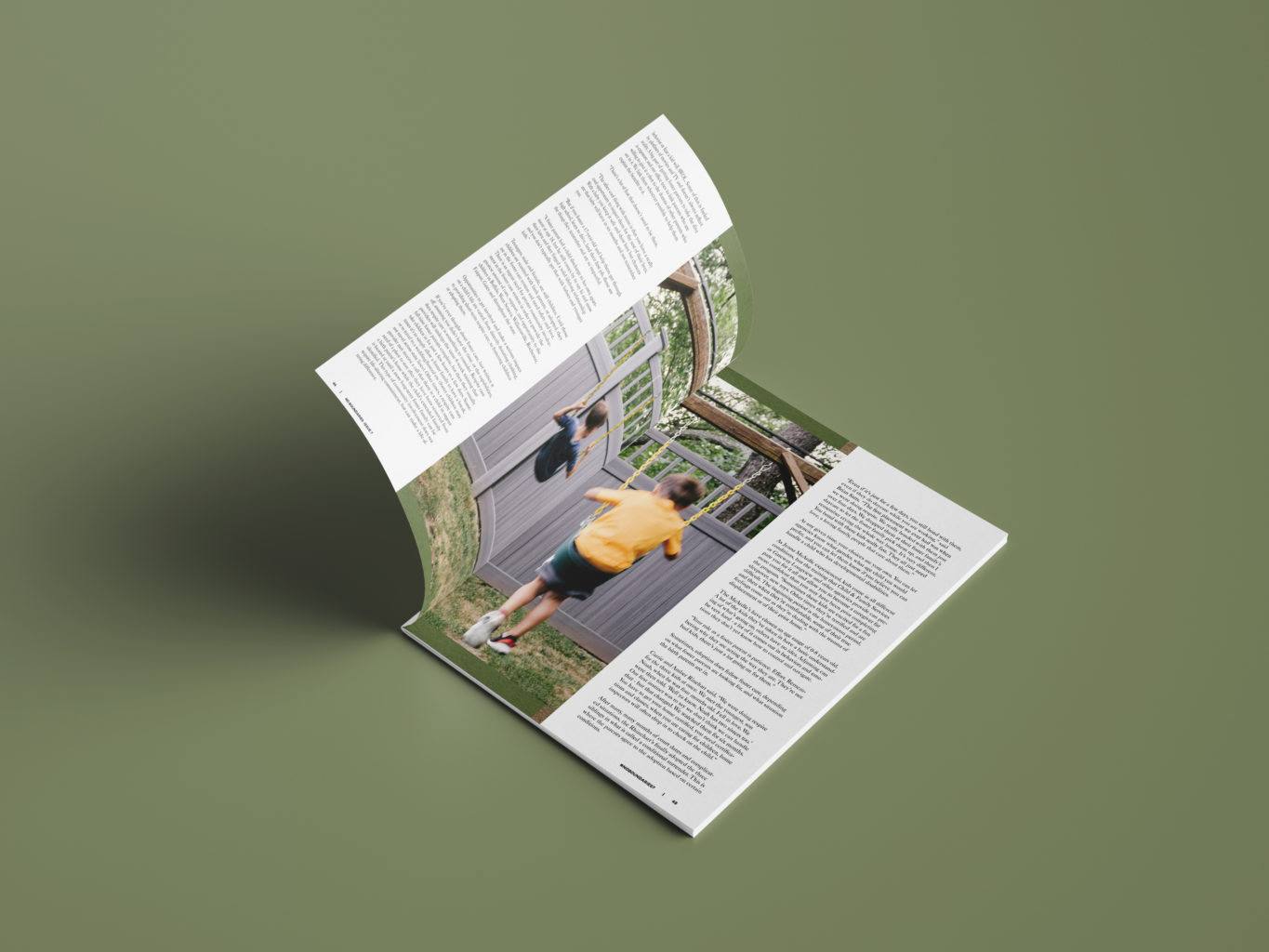
“There may come a point where you’re just over case workers always in your house. You’re over the uncertainty that these children you have fallen in love with may be taken away from you, or the new challenges your foster children provide while they adjust, and just be kids. But we also found a foster parent support group that we went to in the beginning. No caseworkers – just go and discuss your concerns with people experiencing the same things. That helped us quite a bit.
“This is not for the faint of heart. It’s not a game. You have to decide if you can handle X, Y, Z. Unless you get a baby from the hospital, (sometimes they even have drug exposure) you’re going to face issues in that child’s adjustment. There is support from programs and the county, but there’s also steps you can take before fully committing. Take training and see what you think. Do respite and see what you can handle.““But it is incredibly rewarding,” adds Satts. “Our seven-year-old was with us for three years and we just officially adopted her in February this year. She had quite a story, and she’s come so far since she first came here. She was in diapers at age four and not talking. Three years later she’s a totally different kid.
“We also have a two-year-old. We got her when she was eight months old. She’s been with us over a year now and she’s doing really well, talking a lot. It’s really incredible to see how when they have the right environment and parents that can actually take care of them how much they can thrive.”
Kids in New York are in need of care and love right now. Providing that to a stranger’s child is not simple or easy, but there are plenty of resources available and plenty of children in need. You can learn more about foster care in New York state and identify specific resources available in your county by visiting affcny.org/services-in-ny.

If you are looking for even the smallest way to help these children and this system, consider that foster kids get $2.50/day for clothing allowance. $75/month is fine for a four-year-old, but it doesn’t help a teenager quite as much especially when paid out a few days at a time. Clothing and suitcases help so much when children are in emergency situations, often leaving in the night with their belongings in a trash bag. In Buffalo, you can donate these items to Foster Love Closet. In Rochester, to CAP Closet.
For the older boys mentioned by Nicholas Largo who are in need of parents willing to take in teenagers, they are often living in group homes until they age out. CFS operates Morey House in Buffalo. “It’s a traditional group home. The main goal is to prepare teenagers for independent living and get them ready for life outside of being in this system. Cooking skills, money management, helping them get jobs, coping skills, linked in mentors and volunteers, we help kids graduate from high school and into college. It’s great prep work and we’re kind the last stop for a lot of these kids and likely the last stage they’ll remember from care.” You can learn more about being a mentor or volunteer at Morey House via the agency website.

